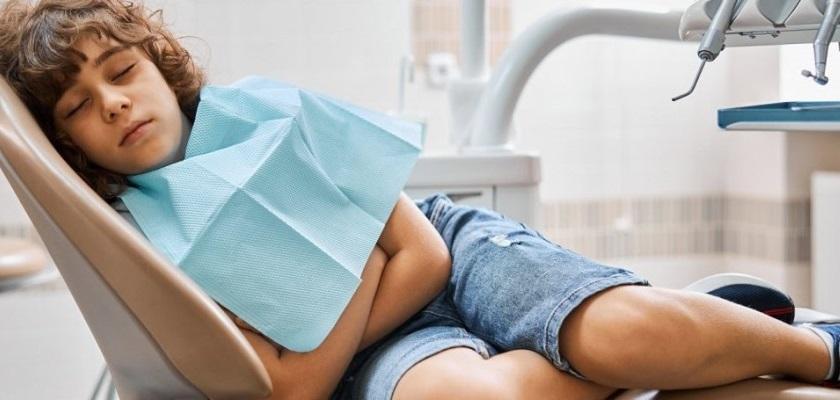The study titled 'Needleless Injectable Dental Anesthesia: Initial Results' presents a new device developed and tested by researchers in New Zealand that provides pain relief without a needle.

Dentophobia continues to be a major barrier to patients receiving dental care, which is why minimally invasive approaches are growing in popularity. A new collaboration between researchers at the University of Otago, the University of Auckland and Auckland Technological University in New Zealand has led to testing of a device that provides dental anesthesia without the use of a needle, with promising results.
The study supporting this principle included eight participants; each required bilateral maxillary tooth extraction as part of their treatment plan. Appropriate levels of anxiety and discomfort for these patients were recorded prior to receiving anesthesia with the needleless device and with the traditional approach. According to study co-author Professor Andrew Taberner of the Auckland Institute for Bioengineering at the University of Auckland, the silent motor-driven device is unique in that it was designed specifically for use in dentistry and not adapted for any other medical purpose.
“All other dental jet injectors use springs or compressed gas to actuate the injection; they have the disadvantage of noise and impact when the drug is delivered,” Professor Taberner commented in a press release. “Moreover, in this study, I saw for the first time how a jet injection is done through a thin stick, which is a bit like a three-in-one instrument and can be easily inserted into the back of the mouth.”
After extractions were performed, all patients expressed their preference for pain relief without a needle, and six of the eight participants stated that extractions with this device were painless. The remaining two participants required additional anesthesia administered by conventional methods. Over the next seven days, the healing and response of the gingival tissue (periodontium) at the sites of removal were assessed and considered to proceed without complications, regardless of the technique used.
Professor Paul Brunton, lead author of the study and Provost of the Department of Medical Sciences at the University of Otago, emphasized that dental anxiety (dentophobia) remains a major barrier to accessing dental care and that “the sight of the needle being inserted is a common cause of fear.” local anesthesia.”
“Despite the fact that this was just a proof-of-concept, this device could certainly reduce or eliminate needle phobia,” he added.
Given the small size and limited scope of the study, clinical trials will be required to confirm the effectiveness of the needleless device and confirm whether it can be used during other dental procedures.
